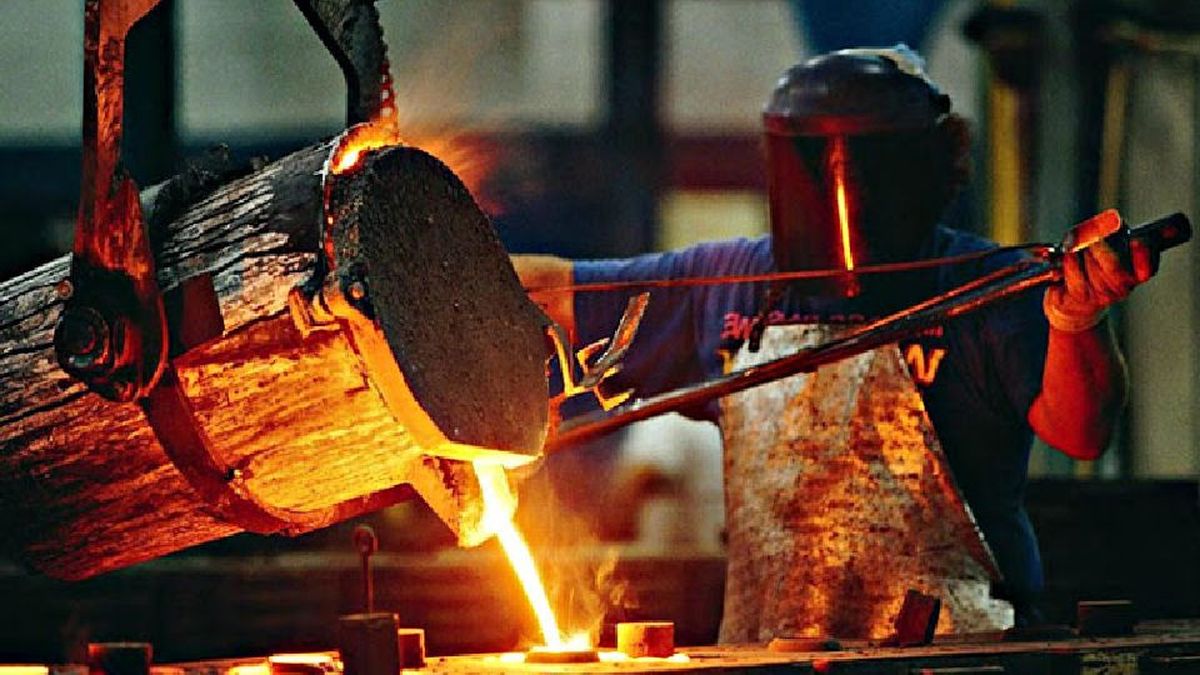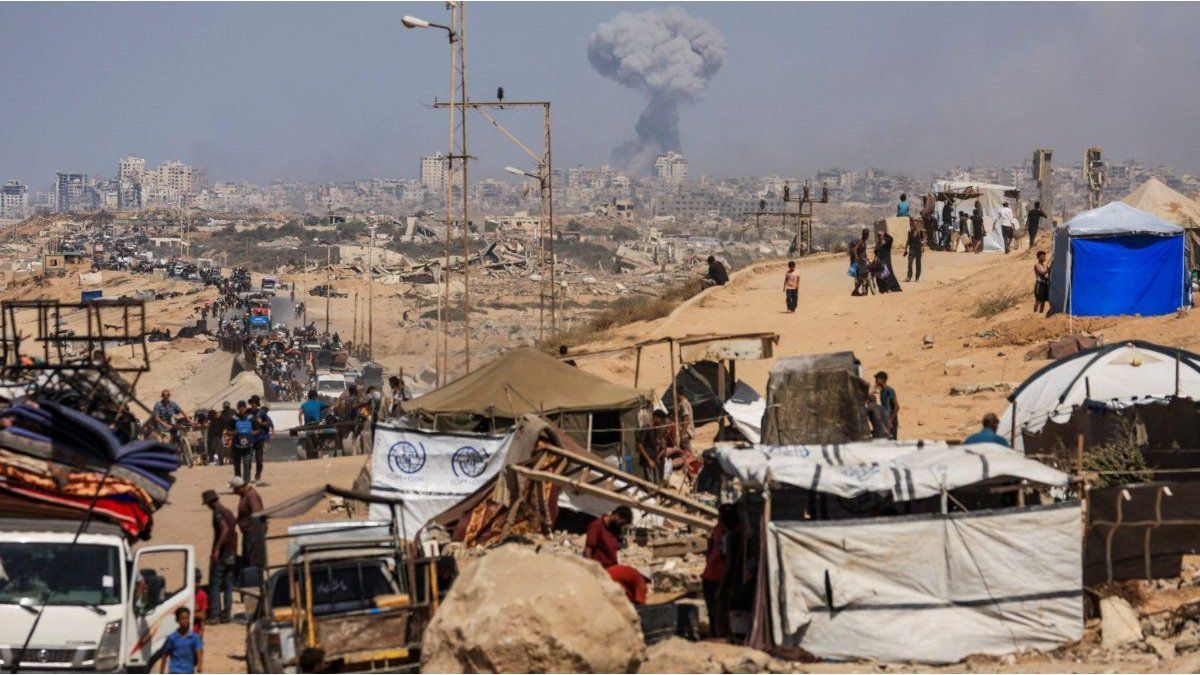(By Giselle Bugge and Luis Díaz) Linking the immense Atlantic Ocean with the majestic Andes mountain range, full of history treasured in time, the legacy of original cultures, as well as the passage of immigrants, extends to the south of Rio Negro the national route 23.
Also known as the ‘South Line route’, in its 605 kilometers it threads together towns and landscapes of the immense Somuncurá Plateau and hopes to share its mystery with those who decide to explore it.
It begins 35 kilometers south of the city of San Antonio Oeste, where it connects with National Route 3 and ends in Dina Huapi on National Route 40.
The route delights the visitor with shades ranging from serene ocher and gray to exuberant green and intense blue.
This journey through the Río Negro Patagonia is an unmissable itinerary for those who appreciate adventure and unique landscapes, enjoy the silence and contemplate the attractions that nature offers in its diversity.
Connecting its visitors with calm and simplicity, starting the trip on the east side is Valcheta, one of the oldest cities in the province -also known as the oasis of the south-, with fertile lands for agricultural production and home. of prominent artisans and weavers, which also knows how to host the regional Shearing Championship.
After traveling another hundred kilometers, Ministro Ramos Mexia stands as the portal to the mystical Somuncura Plateau, offering its visitors all the imprint of its nature through walks, excursions and the warmth of its people.
The journey continues, and the presence of reddish stones announces the arrival at Sierras Coloradas, a small Patagonian town that is an ideal refuge for those seeking absolute tranquility.
About 45 kilometers from there is Los Menucos, a town that offers travelers picnics, mining excursions and nature activities.
The government of Río Negro projects the installation of a tourist corridor called ‘Ruta de la Estepa’ between said localities, with financing from the National 50 Destinations Program of the Ministry of Tourism and Sports and from the Provincial Tourism Infrastructure Fund.
Regarding this project, the Undersecretary of Infrastructure of the Ministry of Tourism and Sports, Lucrecia Yunes, said that “the Estepa corridor was chosen to develop it for emerging tourism” and added that “the important thing is to rescue the railway character that the zone”.
With this railway imprint, the project provides for the reuse of four disused wagons that will serve as the main building of each of the tourist information centers.
It also contemplates the construction of four panoramic points, two of which will be located in Ramos Mexía and the other two in Sierra Colorada.
“With the purpose of reinforcing that idea of a Tourist Corridor, the Estepa route gives this railway character so typical of the provincial South Line,” said the official.
In the middle of the valley, surrounded by plateaus, appears the city of Ingeniero Jacobacci, of railway origin, which invites those who visit it to learn about its culture and its people.
Ingeniero Jacobacci has an anthropological museum, and allows you to observe fossil remains of the dinosaurs that inhabited the region millions of years ago.
The towns of Comallo and Pilcaniyeu are distinguished by their charming tranquility, calm and serenity and anticipate the arrival at Dina Huapi, the ‘Danish Island’, a small town with impressive views of the mountain range, which is located on the banks of the majestic Nahuel Huapi and was declared the provincial capital of sport fishing in its Fly modality.
At the end of this itinerary, about 17 kilometers from Dina Huapi, along National Route 40, the marvelous San Carlos de Bariloche unfolds among ancient forests, lakes with crystalline waters, and snow-covered hills.
Recognized as one of the most important cities in the country, a host par excellence, Bariloche invites its visitors to enjoy nature, its traditional gastronomy and its wide range of hotels, with offers for all budgets, offering the possibility that anyone who visit enjoy its charm.
The landscape throughout the entire route of this peculiar route 23 fills the senses, with its impressive framework of natural formations typical of the Somuncurá Plateau, added to the charm of the towns and places rooted in the south of Rio Negro, some of the many reasons to embark on this unique adventure that Route 23 of Argentine Patagonia proposes.
Source: Ambito
I am an author and journalist who has worked in the entertainment industry for over a decade. I currently work as a news editor at a major news website, and my focus is on covering the latest trends in entertainment. I also write occasional pieces for other outlets, and have authored two books about the entertainment industry.




